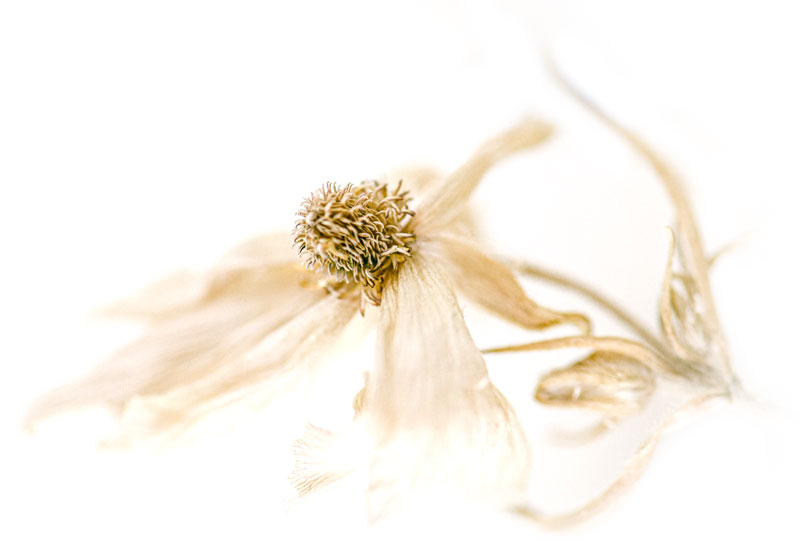Abstract I
A homeopathic complex medication (HCM), with immunomodulatory properties, is recommended for patients with depressed immune systems. Previous studies demonstrated that the medication induces an increase in leukocyte number. The bone marrow microenvironment is composed of growth factors, stromal cells, an extracellular matrix and progenitor cells that differentiate into mature blood cells. Mice were our biological model used in this research. We now report in vivo immunophenotyping of total bone marrow cells and ex vivo effects of the medication on mononuclear cell differentiation at different times. Cells were examined by light microscopy and cytokine levels were measured in vitro. After in vivo treatment with HCM, a pool of cells from the new marrow microenvironment was analyzed by flow cytometry to detect any trend in cell alteration. The results showed decreases, mainly, in CD11b and TER-119 markers compared with controls. Mononuclear cells were used to analyze the effects of ex vivo HCM treatment and the number of cells showing ring nuclei, niche cells and activated macrophages increased in culture, even in the absence of macrophage colony-stimulating factor. Cytokines favoring stromal cell survival and differentiation in culture were induced in vitro. Thus, we observe that HCM is immunomodulatory, either alone or in association with other products. https://www.hindawi.com/journals/ecam/2011/212459/
Abstract II
In the search for new therapies novel drugs and medications are being discovered, developed and tested in laboratories. Highly diluted substances are intended to enhance immune system responses resulting in reduced frequency of various diseases, and often present no risk of serious side-effects due to its low toxicity. Over the past years, our research group has been investigating the action of highly diluted substances and tinctures on cells from the immune system. We have developed and tested several highly diluted tinctures and here we describe the biological activity of M1, M2, and M8 both in vitro in immune cells from mice and human, and in vivo in mice. Cytotoxicity, cytokines released and NF-κB activation were determined after in vitro treatment. Cell viability, oxidative response, lipid peroxidation, bone marrow, and lymph node cells immunophenotyping were accessed after mice in vivo treatment.
None of the highly diluted tinctures tested were cytotoxic to macrophages or K562. Lipopolysaccharide (LPS)-stimulated macrophages treated with all highly diluted tinctures decreased tumor necrosis factor alpha (TNF-α) release and M1, and M8 decreased IFN-γ production. M1 has decreased NF-κB activity on TNF-α stimulated reporter cell line. In vivo treatment lead to a decrease in reactive oxygen species (ROS), nitric oxide (NO) production was increased by M1, and M8 and lipid peroxidation were induced by M1 and M2. All compounds enhanced the innate immunity, but M1 also augmented acquired immunity and M2 diminished B lymphocytes, responsible for acquired immunity. Based on the results presented here, these highly diluted tinctures were shown to modulate immune responses. Even though further investigation is needed there is an indication that these highly diluted tinctures could be used as therapeutic interventions in disorders where the immune system is compromised. https://bmccomplementalternmed.biomedcentral.com/articles/10.1186/1472-6882-11-101
Abstract III
Melanoma is the most aggressive form of skin cancer and the most rapidly expanding cancer in terms of worldwide incidence. Chemotherapeutic approaches to treat melanoma have had only marginal success. Previous studies in mice demonstrated that a high diluted complex derived from Calcarea












